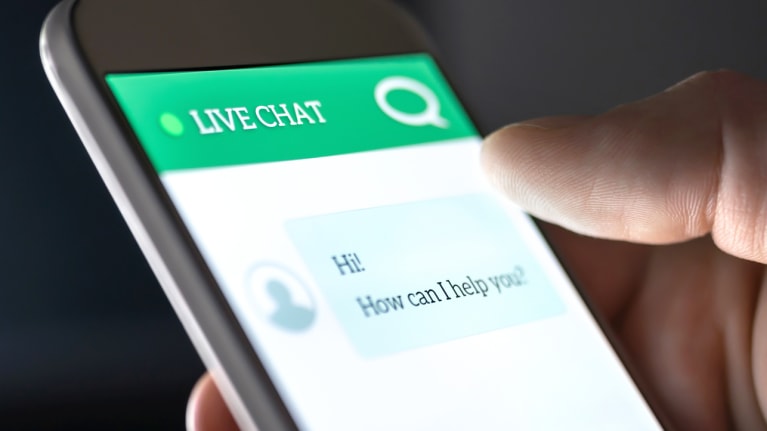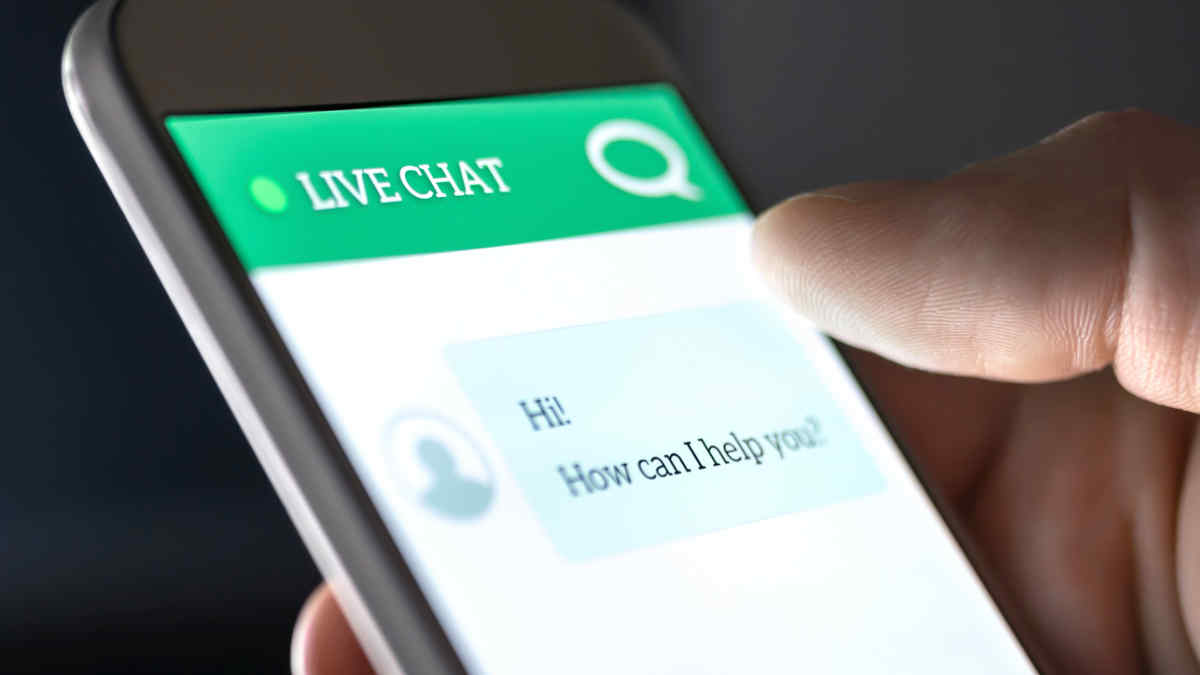

?Chatbots can play a role in augmenting or even replacing person-to-person interactions between employees (or potential employees) and HR staff.
More HR leaders are considering and adopting conversational AI technology. In fact, Gartner has predicted that by 2023, 75 percent of HR inquiries will be initiated through conversational AI platforms.
HR is an area of the company that is well-positioned to benefit from the power of technology to handle administrative types of tasks that can free up their time to focus on more strategic opportunities. AI-enabled data use cases include candidate competency assessments, interview scheduling, candidate engagement, employee self-service tools, virtual assistants, onboarding, employee career planning, candidate sourcing and initial screenings.
Big Benefits from Chatbots
Ed Barry is area president, HR technology practice, with consulting firm Gallagher in the Chicago area. Through chatbots, he said, employees can get answers 24/7 to basic questions such as the holiday schedule, job openings, deductibles, network providers, etc. “Chatbots are very economical—especially for large employers,” Barry said. “Consider the cost of 300 employees asking the same question to a human versus a chatbot.”
Nancy Hauge, chief people experience officer with Automation Anywhere, based in San Jose, Calif., has quantified actual savings through the use of chatbots. “In our experience, the use of automation technology in HR has led to an 88 percent reduction in contract processing time, and an 80 percent decrease in signature processing time,” Hauge said. “By implementing digital workers, or software bots, we have also been able to free up more than 12,000 work hours.” This has freed up staff time to work on more strategic and creative projects instead of repetitive, administrative tasks.
Automation Anywhere currently has 50 HR automation bots running at any given time (with over 150 in the queue) for onboarding, record integrity, system alignment, talent planning and career development.
Chatbot Use Cases in HR
Adam Forman is a labor and employment attorney at Epstein Becker Green, based in the firm’s Chicago and Detroit offices. He says chatbots can do more than answer basic HR questions.
“Some employers use chatbots to facilitate online artificial intelligence assessments for employment candidates. Other employers use chatbots to identify job openings, submit online applications and schedule in-person interviews. Employers also use chatbots to handle onboarding activities for new hires, such as immigration and tax documentation, company policies, etc.”
At Infinity Dish, “we use a chatbot both for hiring and internal purposes, and it has really helped us maximize time and save manpower,” said Laura Fuentes, operator of the DISH Network provider in Boca Raton, Fla. Almost the entire hiring process has been automated, she said. “Our AI screens applicants, schedules interviews, and conducts background and reference checks. Internally, several of our systems are automated—including self-guided training, benefit selections, payroll services and our time-management system.”
Chatbots can also play a role in employee engagement once employees are on board, said Sanya Nagpal, the head of human resources at Delhi, India-based Leena AI, an AI-backed platform that helps enterprises improve the employee experience. “Chatbots for employee engagement [are] a specifically trained and designed bot that replicates the role of HR professionals in a company,” she said. “They are an ideal virtual assistant that can communicate with employees through a variety of online channels.”
The functionality of these applications has greatly improved over time, she said. “By processing millions of employee conversations on a regular basis, these HR chatbots are more knowledgeable than ever.” Chatbots, she added, can cover multiple aspects of the HR function, “starting with screening and recruiting, followed by onboarding, to supporting, training, and finally offboarding.”
The pandemic experience, Nagpal said, has driven interest and usage. “Since the onset of the pandemic, in many organizations, HR chatbots have completely taken over the communication issues by becoming the primary layer of conversation between employees and management,” she said. “These chatbots can be easily integrated with existing systems and offer a much easier user experience. A simplified, intelligent, quick, and conversational virtual assistant allows employees to feel more connected to the company and have a clear vision of their goals.”
Despite their many uses and quantifiable benefits, though, there are some potential downfalls to keep in mind.
A Point of Caution
“Chatbots are a great tool for HR but should be used to enhance HR services, not replace them,” Barry said. In addition, while the savings for employers using chatbots can be significant, they’re not right for every organization or every employee demographic. Some employees will continue to want to talk to actual human beings. That option needs to continue to be offered.
Chatbots, Fuentes said, “can put time back into the hands of HR staff and streamline day-to-day processes.” But she cautioned, chatbots “shouldn’t be used as a replacement for the human touch.”
Forman agrees and added: “Chatbots that are able to ‘red flag’ and escalate potentially complicated employment issues for human response work best.” In addition, he recommended audits or periodic spot checks “to ensure proper and compliant functionality of the chatbot.”
[See related SHRM article: “EEOC, DOJ Warn Companies: Do Not Use AI to Discriminate,” May 2022]
Best Practice Considerations
Forman stressed the importance of understanding exactly how the technology works, including its limitations. “Start with a beta test and analyze before going live enterprisewide. Identify business objectives and take steps to eliminate, or at least reduce potential exposure, to legal compliance issues. To the extent all legal risks cannot be eliminated, make sure the organization is comfortable with the risk it is assuming.”
Forman also advised working with the vendor to craft “a master service agreement that will permit the organization to comply with all its legal and regulatory obligations and that addresses the roles and obligations of the parties in the event of litigation.”
Company culture and current practices can also provide some insights into how effective—or ineffective—chatbot solutions may be. In fact, Barry said, “culture may be the biggest determinant of chatbot success.” For instance, he said: “If employee information is primarily available online, a chatbot is a nice extension of your virtual resources. A chatbot can quickly respond to most questions.” On the other hand, he said: “If your employee handbook is a physical document, a chatbot will mostly respond by directing the employee to contact HR for assistance, defeating the point of the service.”
“Advancements in AI can help optimize your business processes, but don’t let them make you forget your roots,” Fuentes cautioned. “Human” is, after all, a critical part of human resource management.
Lin Grensing-Pophal is a freelance writer in Chippewa Falls, Wis.

